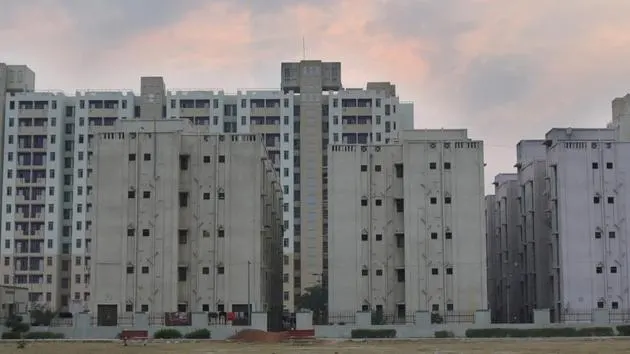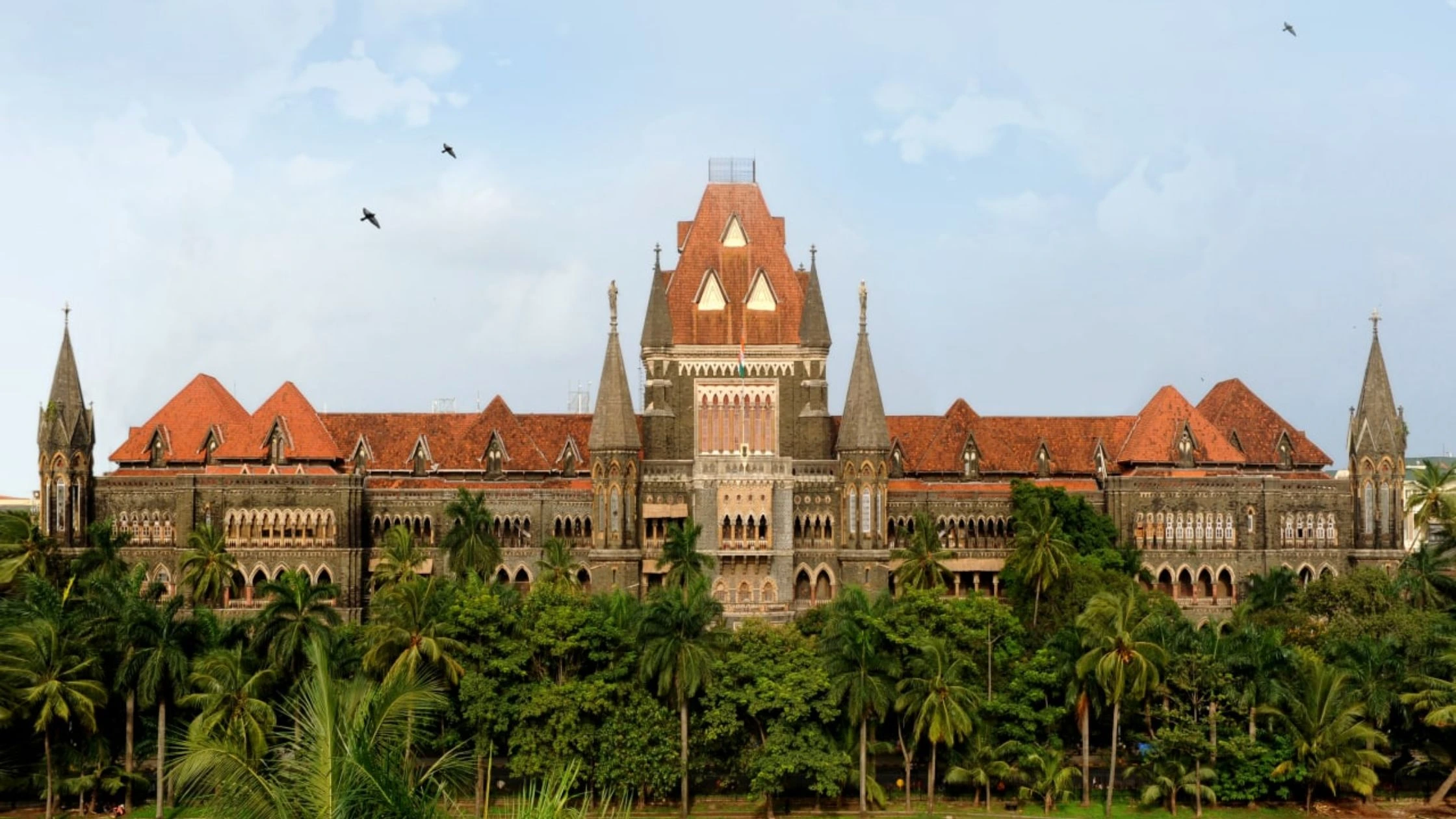Table of Content
The Delhi Development Authority’s (DDA) long-awaited DDA Kathputli Colony redevelopment project is finally making significant progress. Over a decade in the making, this in-situ rehabilitation initiative aims to provide modern housing for former residents of the historic Kathputli Colony in West Delhi. With 50% of the total 2,800 flats nearing completion, the DDA has announced that around 1,400 flats are expected to be handed over to beneficiaries by March this financial year.
This article explores the project’s history, current status, features, and its importance to Delhi’s urban development, offering readers a comprehensive update on the DDA Kathputli Colony handover.
DDA Kathputli Colony Project Overview
The DDA Kathputli Colony project, executed under a Public-Private Partnership (PPP) model, covers approximately 5.2 hectares (12.89 acres) in West Delhi. It represents the first large-scale in-situ rehabilitation initiative in the national capital, designed to relocate families who had resided on this land for over 50 years. Historically, the colony was home to a unique community of puppeteers, musicians, sculptors, weavers, and other craftsmen.
The redevelopment plan includes 2,800 flats spread across multiple 10-storey residential towers. In addition to the flats, the project incorporates essential community infrastructure such as halls, shared spaces, landscaped areas, and safety facilities. By modernizing housing while preserving cultural identity, the DDA aims to improve living conditions without uprooting residents far from their original neighborhood.
Also Read: Delhi-NCR Tops Housing Price Growth at 24% in July–September Among Seven Major Cities
Current Status of DDA Kathputli Colony
According to DDA officials, about half of the flats roughly 1,400 are close to being ready for handover. The concessionaire handling the construction has applied for the necessary fire safety NoC and other approvals required for formal allotment. While the fire department identified a few deficiencies, these are being addressed by the builder. Utility connections, including water and electricity, are also being secured to ensure all flats meet safety and habitability standards.
Once these clearances are obtained, the flats will be allotted to eligible beneficiaries through a draw of lots. The identification process for residents who qualify for the flats has already been completed, ensuring a smooth transition once the formalities are done. Union Minister for Housing and Urban Affairs, ML Khattar, reviewed the project in August and emphasized resolving all pending issues involving the builder, DDA, and the ministry to facilitate timely handover. Rajiv Babbar, a DDA member and BJP functionary, confirmed that while residential blocks are largely ready, final work is ongoing for community halls, fire exits, and shared facilities.
Rehabilitation and Relocation History
The journey of the DDA Kathputli Colony project has been long and complex. Initially, residents were shifted to the transit camp at Anand Parbat between 2013 and 2017 to allow for redevelopment. Out of 3,292 eligible residents, 2,800 were moved to the transit camp, while the remaining families were allotted DDA-built flats in Narela.
The relocation process faced resistance from local communities and legal challenges from residents and NGOs, leading to delays in the project’s timeline. Originally planned for completion in two years, the redevelopment faced multiple hiccups before construction resumed in 2018. Despite these challenges, the DDA has steadily progressed, reaching the current milestone where half of the flats are near completion.
Features of the DDA Kathputli Colony Flats
The DDA Kathputli Colony flats are designed to provide modern, safe, and comfortable living spaces. Each residential tower consists of 10 storeys, with flats designed according to EWS (Economically Weaker Section) standards. The project prioritizes both functional utility and aesthetic appeal, incorporating essential facilities such as:
- Fire exits and safety mechanisms.
- Well-planned community halls for social gatherings.
- Landscaped shared spaces for children and adults.
- Utility connections including water, electricity, and drainage systems.
By upgrading living standards, the redevelopment ensures residents can enjoy better infrastructure while remaining in proximity to their historic community.
Significance of the Project for Delhi
The DDA Kathputli Colony redevelopment is more than just a housing project; it marks a landmark initiative in Delhi’s urban planning and housing policy. This project highlights the importance of:
- Providing secure housing for low-income families through in-situ rehabilitation.
- Preserving the cultural heritage of artisans, puppeteers, and craftsmen who made Kathputli Colony unique.
- Implementing urban redevelopment strategies that combine modern living standards with community preservation.
By addressing housing shortages and upgrading infrastructure in the city, the DDA is setting an example for similar rehabilitation projects across India.
Timeline and Next Steps
The DDA has confirmed that the 1,400 flats are expected to be handed over by March this financial year. The following steps are pending before the allotment:
- Clearance of fire safety and utility connection approvals.
- Formal allotment process through a draw of lots.
- Distribution of flats to verified beneficiaries.
Once completed, this process will ensure that residents receive their homes fairly and transparently, while simultaneously meeting all safety and infrastructure standards.
Challenges Faced by the DDA Kathputli Colony Project
The DDA Kathputli Colony redevelopment project has faced several challenges over the years:
- Litigation: Legal cases filed by residents and NGOs delayed construction approvals and relocation schedules.
- Technical Hurdles: Securing fire safety NoC, utility connections, and other permits required careful coordination.
- Administrative Delays: Coordination between DDA, the concessionaire, and various government departments slowed progress.
Despite these obstacles, continuous monitoring by DDA officials, interventions by Union Ministers, and adherence to safety protocols have ensured steady progress towards completion.
Also Read: Noida Authority to Revoke 12-Year-Idle Plot Allotments; 5,758 Registries Delayed
Future Outlook
Looking ahead, the DDA Kathputli Colony project is expected to significantly improve the lives of residents. Key benefits include:
- Access to modern flats with improved infrastructure.
- Preservation of cultural identity within a rehabilitated urban space.
- Opportunities for other in-situ rehabilitation projects in Delhi and across India, learning from this project’s experience.
The DDA remains committed to completing pending community facilities, ensuring that residents not only receive their flats but also enjoy access to shared amenities and a safe, sustainable environment.
Conclusion
The upcoming handover of 1,400 flats marks a significant milestone in the DDA Kathputli Colony redevelopment project. Decades of planning, legal hurdles, and relocation challenges have culminated in this achievement, reflecting the DDA’s dedication to improving housing for low-income families while preserving a unique cultural legacy.
By March, eligible residents will finally receive their new homes, equipped with modern infrastructure, safety features, and community amenities. The DDA Kathputli Colony project stands as a testament to Delhi’s evolving urban landscape, offering hope and stability for generations of residents and serving as a model for in-situ rehabilitation projects nationwide.







Ans 1. The DDA Kathputli Colony project is a large-scale in-situ rehabilitation initiative in West Delhi aimed at providing modern flats for former residents of Kathputli Colony, a historic community of artisans, puppeteers, and craftsmen. The project includes 2,800 flats across 10-storey towers along with community halls, landscaped areas, and other facilities.
Ans 2. Around 1,400 flats (50% of total units) are expected to be handed over to beneficiaries by March of this financial year, marking a significant milestone in the decade-long redevelopment project.
Ans 3. The flats are designed under EWS (Economically Weaker Section) standards. Each tower is 10 storeys high, and the project includes essential amenities such as fire safety systems, utility connections, community halls, and landscaped open spaces.
Ans 4. Allotment will be done through a draw of lots among verified residents. The identification process for eligible residents has already been completed to ensure a smooth and transparent handover.
Ans 5. Before the flats are formally handed over, the following approvals are being secured: Fire safety NoC from the fire department. Utility connections for water, electricity, and drainage. The builder is addressing minor deficiencies identified during inspections.
Ans 6. Between 2013 and 2017, residents were moved to a transit camp at Anand Parbat to facilitate redevelopment. Some families were allotted DDA flats in Narela. Legal challenges and local resistance initially delayed the project.
Ans 7. The project experienced several challenges, including: Litigation from residents and NGOs. Technical hurdles like securing fire safety clearances and utility connections. Administrative delays due to coordination between DDA, concessionaires, and government departments.
Ans 8. The project is important for providing secure housing for low-income families, preserving cultural heritage, and demonstrating effective urban redevelopment that balances modern infrastructure with community preservation.
Ans 9. In addition to residential units, the project provides: Community halls for social gatherings. Landscaped shared spaces for children and adults. Essential infrastructure like water, electricity, and drainage systems.
Ans 10. The DDA Kathputli Colony project serves as a model for in-situ rehabilitation projects across Delhi and India. Lessons from its execution, including handling relocation, legal challenges, and modern construction, can guide similar urban renewal initiatives in the future.